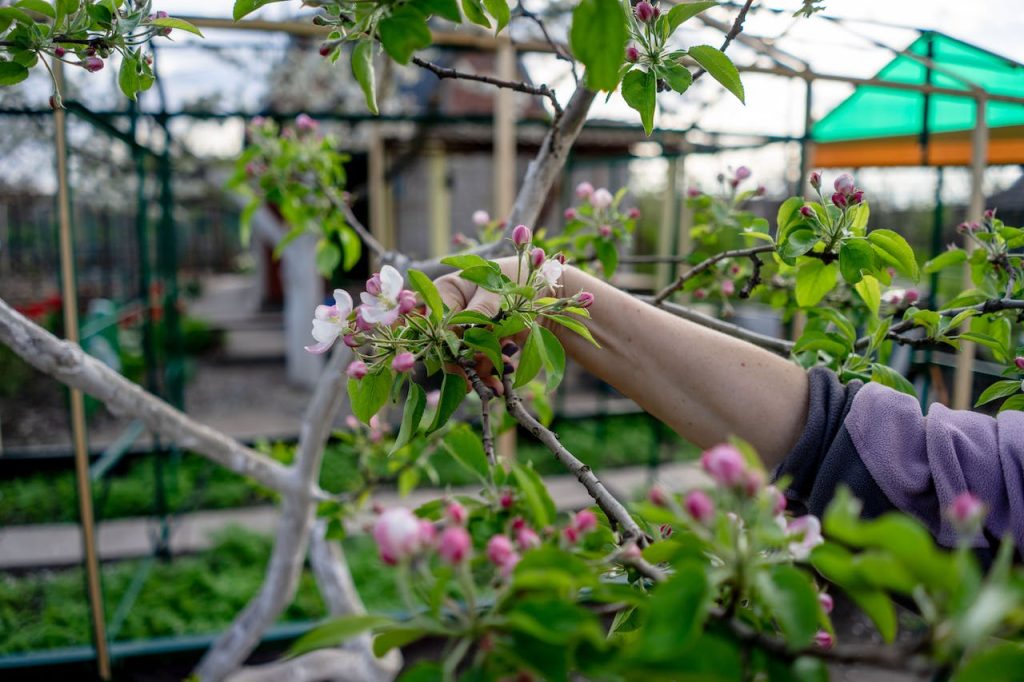In the lush tapestry of nature, trees stand as pillars of life, contributing to the beauty of landscapes and the well-being of ecosystems. However, for trees to thrive and reach their full potential, correct pruning plays a pivotal role. This guide explores the art and science of pruning, delving into why it is essential for maintaining healthy trees and maximising their productivity. For expert care, consider professional tree pruning services.
Understanding the Purpose of Tree Pruning
1. Encouraging Strong Structural Growth
Correct pruning encourages strong and balanced structural growth in trees. By removing dead or weak branches, the tree directs energy towards developing a sturdy framework. This not only enhances the tree’s aesthetic appeal but also contributes to its overall stability and longevity.
2. Promoting Air Circulation
Pruning helps improve air circulation within the tree canopy. Adequate air movement is crucial for preventing the development of fungal diseases and promoting overall tree health. Properly spaced branches allow sunlight to penetrate, reducing humidity and creating an environment less conducive to pathogens.
3. Enhancing Fruit and Flower Production
For fruit-bearing trees, correct pruning is essential for optimal production. Removing excess branches redirects the tree’s energy towards the development of flowers and fruit. This not only increases yield but also improves the quality of the produce.
4. Mitigating Safety Risks
Overgrown or dead branches pose a safety hazard. Correct pruning eliminates these risks by removing branches that could potentially fall and cause harm. Regular pruning minimises the chances of storm damage, making the surrounding environment safer for both people and property.
Best Practices for Correct Tree Pruning
1. Timing Matters
The timing of pruning is crucial for the tree’s response. Pruning during the dormant season (late autumn to early spring) is generally recommended. During this period, trees are less stressed, and the risk of disease transmission is reduced.
2. Understanding Tree Species
Different tree species have unique growth habits and responses to pruning. Understanding the specific needs of each tree type is essential for correct pruning. Whether dealing with deciduous or evergreen trees, knowledge of their growth patterns ensures precise and effective pruning.
3. Selective Branch Removal
Pruning involves selective branch removal, focusing on dead, diseased, or crossing branches. By targeting specific areas, the tree can allocate resources more efficiently, fostering healthier growth. Careful consideration should be given to preserving the tree’s natural shape and balance.
4. Proper Tools and Techniques
Using the right tools and techniques is fundamental to correct pruning. Clean, sharp tools make precise cuts, reducing the risk of injury and promoting faster healing for the tree. Techniques such as the three-cut method for larger branches prevent bark tearing and facilitate smooth healing.
The Benefits of Correctly Pruned Trees
1. Extended Lifespan
Trees that undergo correct pruning practices often enjoy an extended lifespan. Removing dead or diseased branches prevents the spread of illness and allows the tree to allocate resources to healthier areas, promoting overall vitality.
2. Improved Aesthetic Appeal
Pruning enhances the aesthetic appeal of trees by promoting a well-balanced and pleasing structure. A properly pruned tree contributes to the beauty of its surroundings, whether in a residential garden, public park, or urban street.
3. Increased Resistance to Pests and Diseases
Healthy trees, achieved through correct pruning, exhibit increased resistance to pests and diseases. Pruning helps trees to naturally defend themselves against potential threats, reducing the need for chemical interventions.
4. Optimised Productivity
Trees that receive correct pruning are more productive in terms of fruit and flower production. This is particularly valuable for orchards, gardens, and agricultural settings where yield and quality are paramount. For expert care, consider professional tree pruning services.
Conclusion
Correct pruning is an indispensable practice for maintaining healthy trees and ensuring their long-term productivity. By understanding the purpose of pruning, adopting best practices, and appreciating the benefits it brings, tree enthusiasts, arborists, and property owners can contribute to the well-being of our arboreal companions.



